Accounting for Business: Sales, Cost of Goods Sold, Ratios, Cash Inflows
VerifiedAdded on 2023/06/17
|6
|839
|386
AI Summary
This article covers Accounting for Business with solved assignments, essays, dissertation, and ratios like Gross Profit Margin, Operating Profit, Inventory Turnover Ratio, Receivables Turnover Ratio, Current Ratio, Acid Test Ratio, and Cash Inflows. It also includes a comparison of two companies based on their ratios.
Contribute Materials
Your contribution can guide someone’s learning journey. Share your
documents today.
1 out of 6
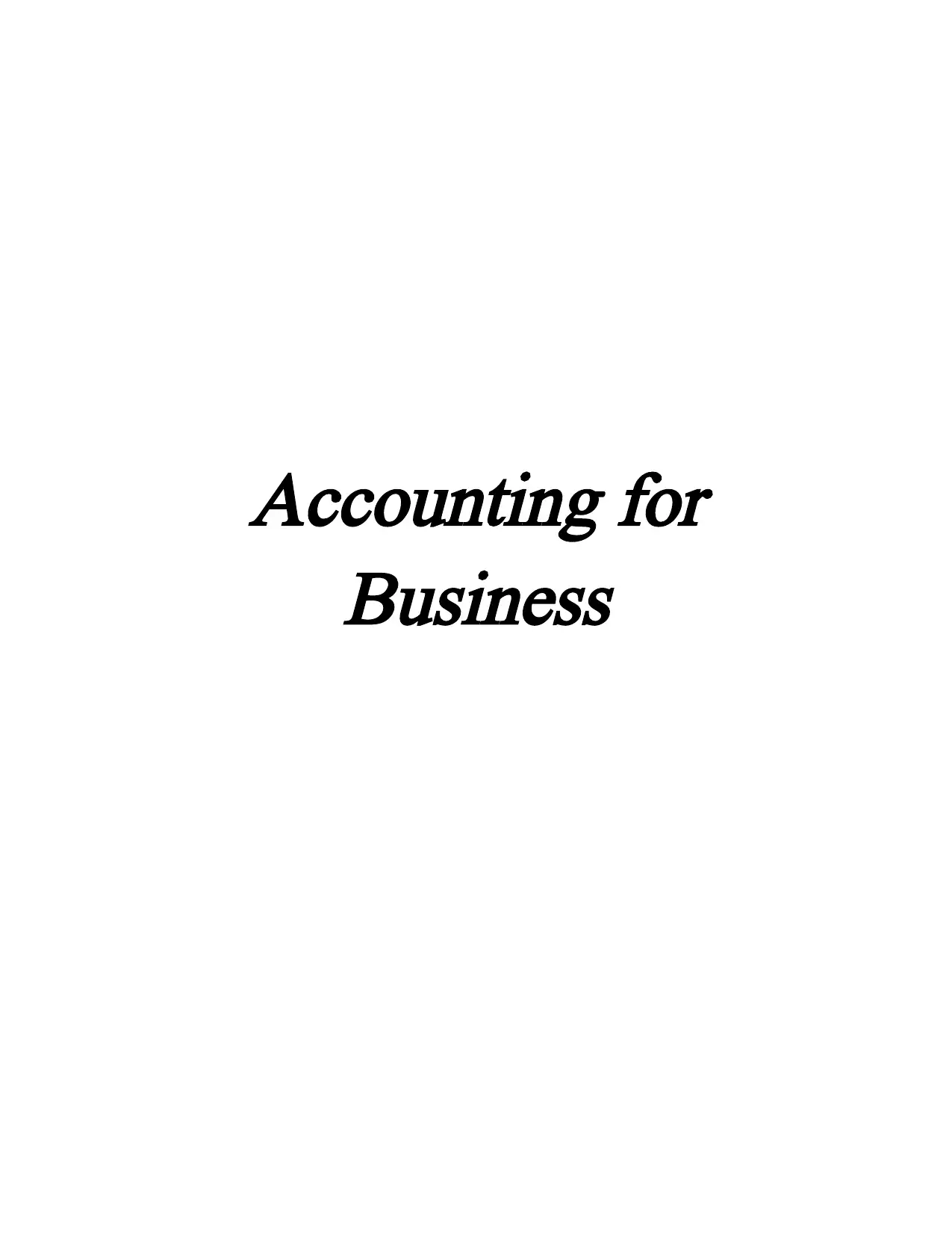
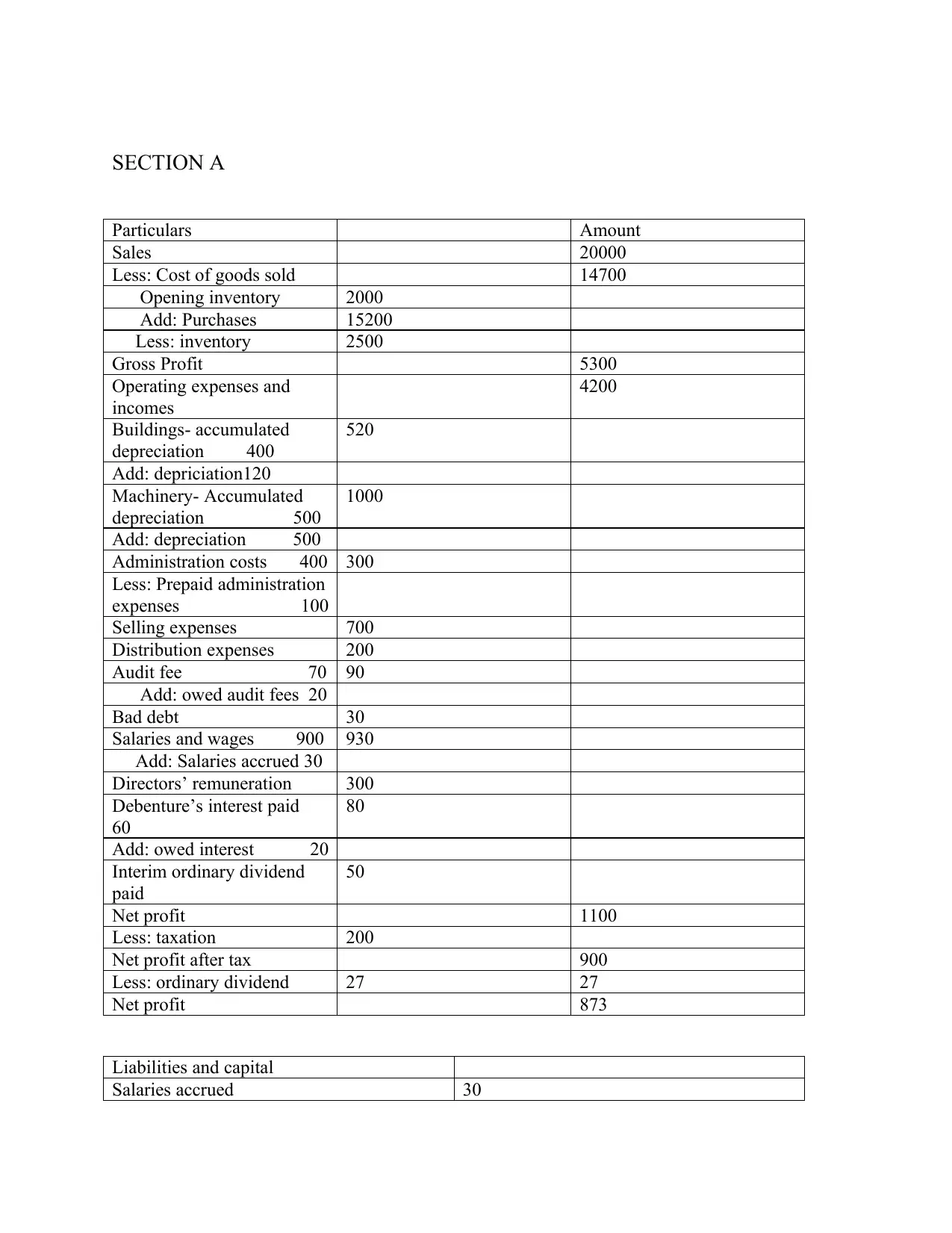
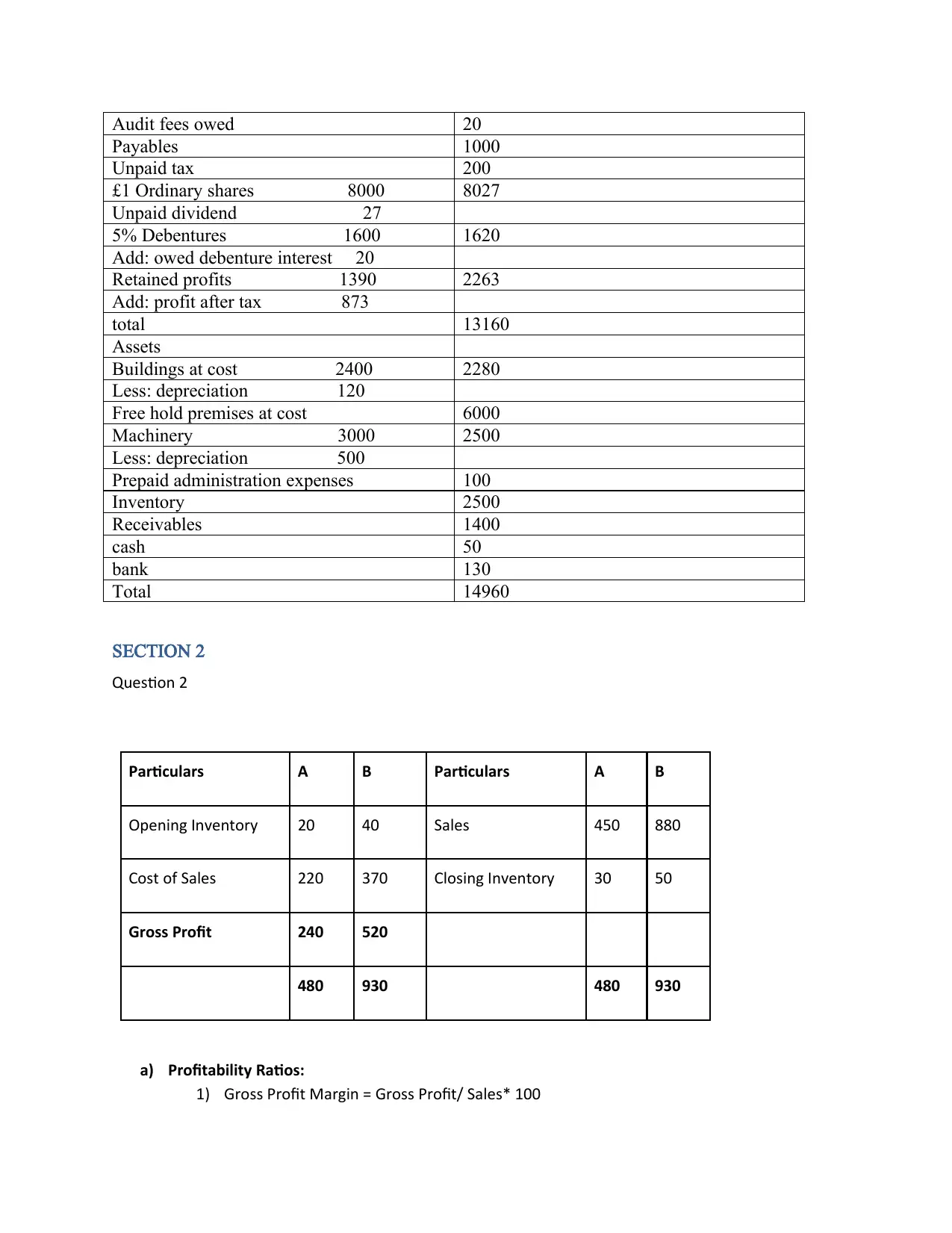
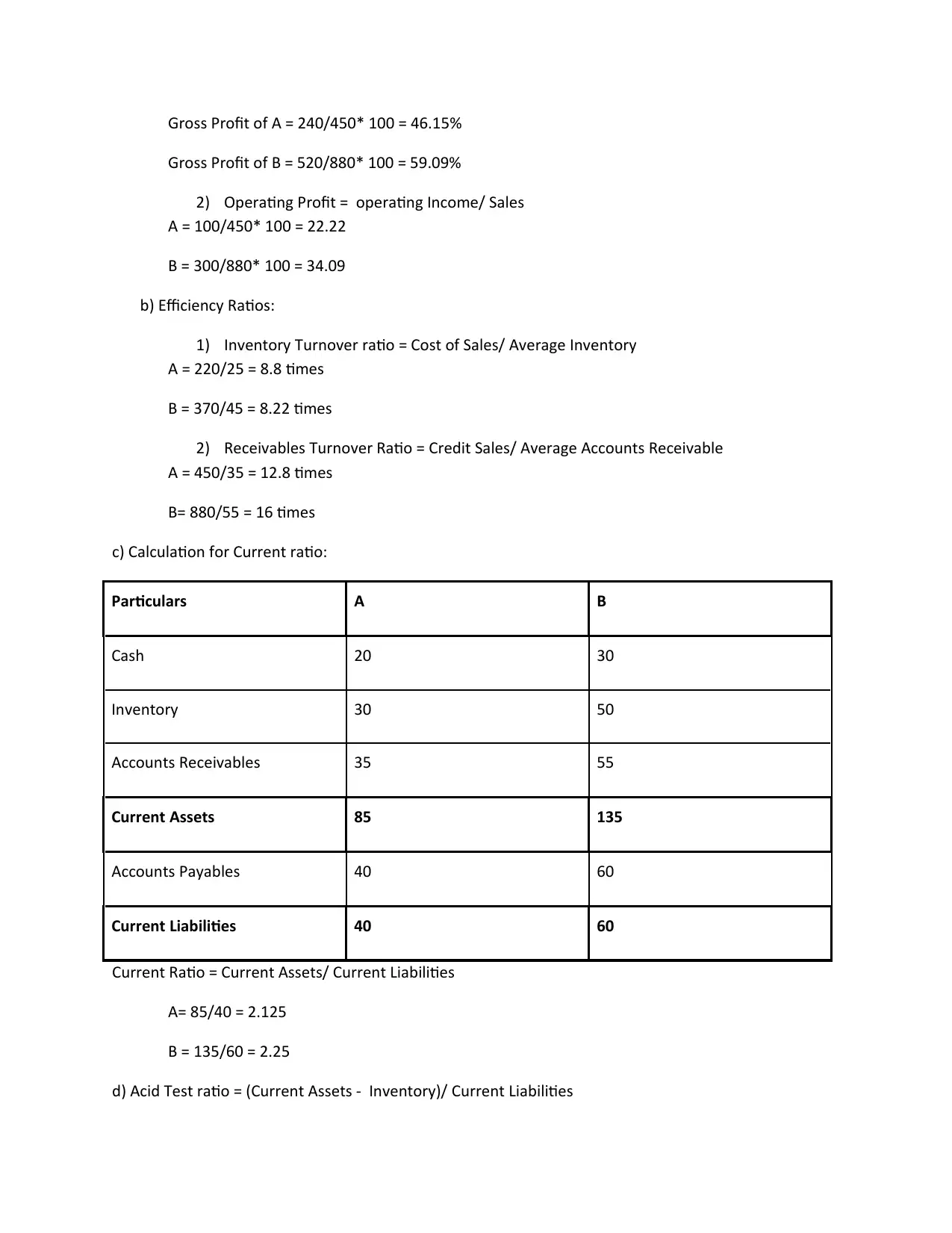
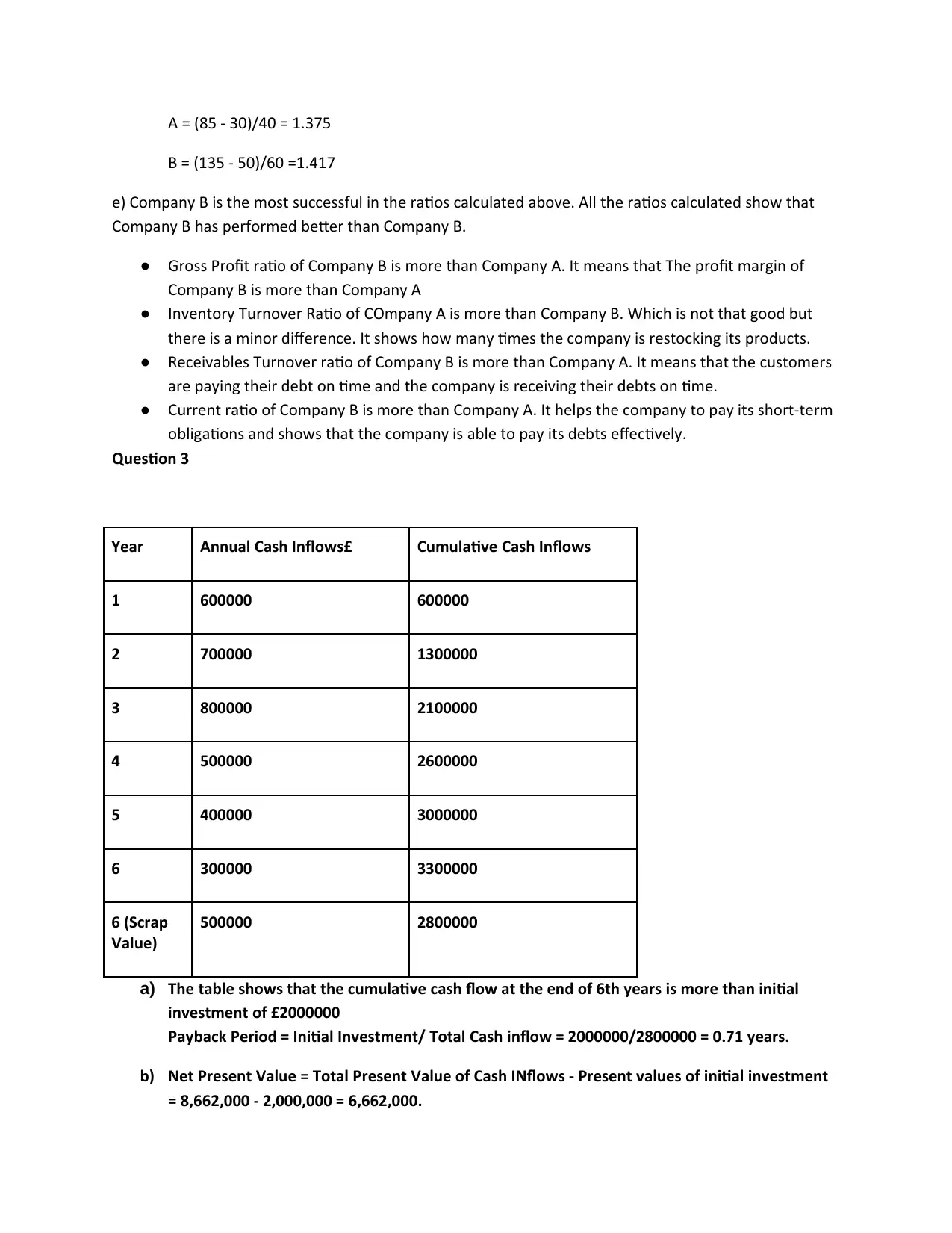
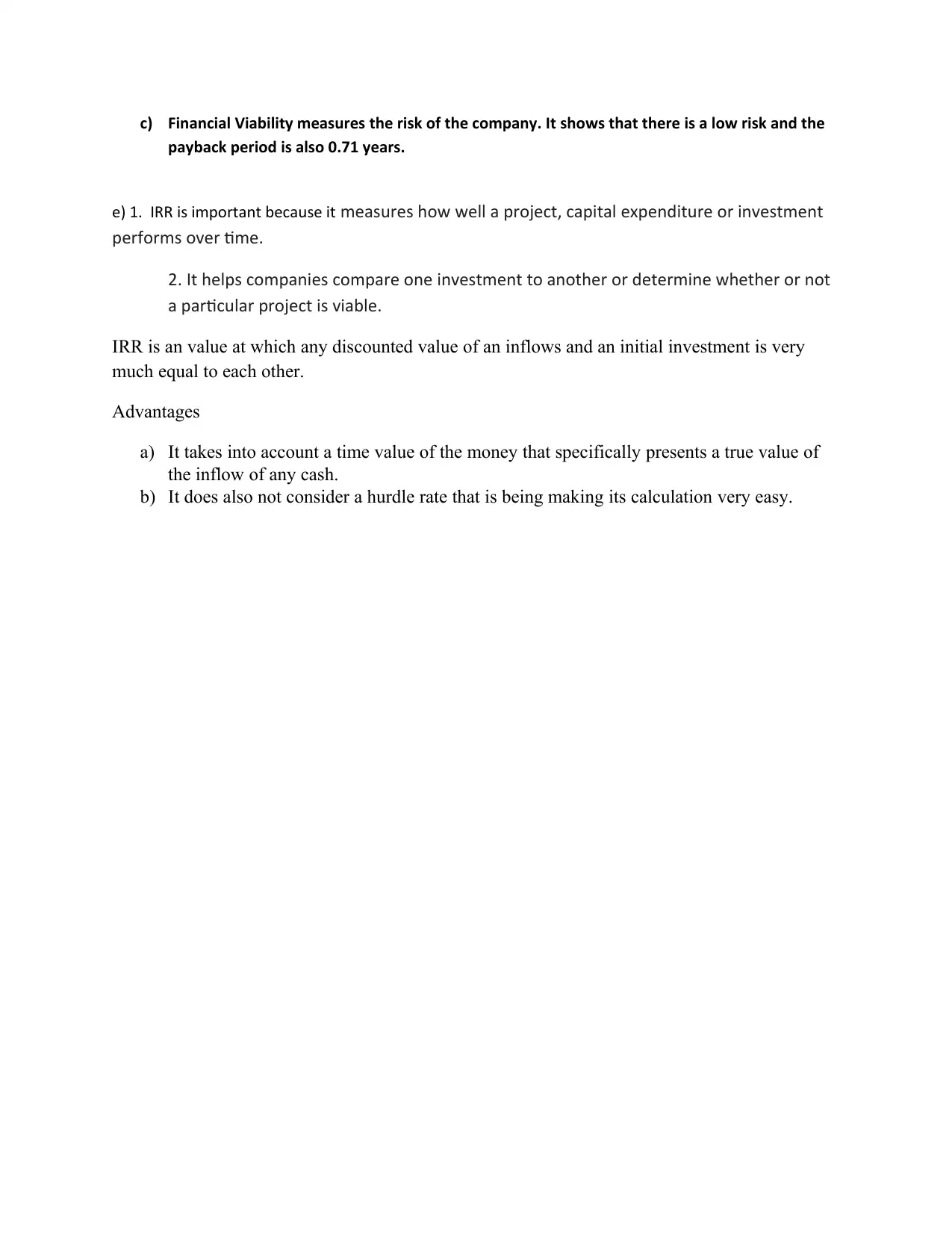





![[object Object]](/_next/static/media/star-bottom.7253800d.svg)